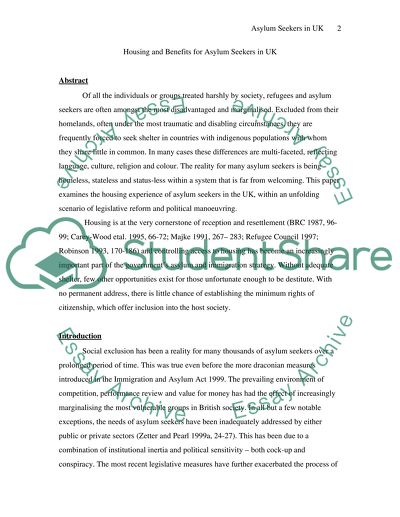Cite this document
(“Housing and Benefits for Asylum Seekers in UK Essay”, n.d.)
Housing and Benefits for Asylum Seekers in UK Essay. Retrieved from https://studentshare.org/miscellaneous/1526402-housing-and-benefits-for-asylum-seekers-in-uk
Housing and Benefits for Asylum Seekers in UK Essay. Retrieved from https://studentshare.org/miscellaneous/1526402-housing-and-benefits-for-asylum-seekers-in-uk
(Housing and Benefits for Asylum Seekers in UK Essay)
Housing and Benefits for Asylum Seekers in UK Essay. https://studentshare.org/miscellaneous/1526402-housing-and-benefits-for-asylum-seekers-in-uk.
Housing and Benefits for Asylum Seekers in UK Essay. https://studentshare.org/miscellaneous/1526402-housing-and-benefits-for-asylum-seekers-in-uk.
“Housing and Benefits for Asylum Seekers in UK Essay”, n.d. https://studentshare.org/miscellaneous/1526402-housing-and-benefits-for-asylum-seekers-in-uk.


